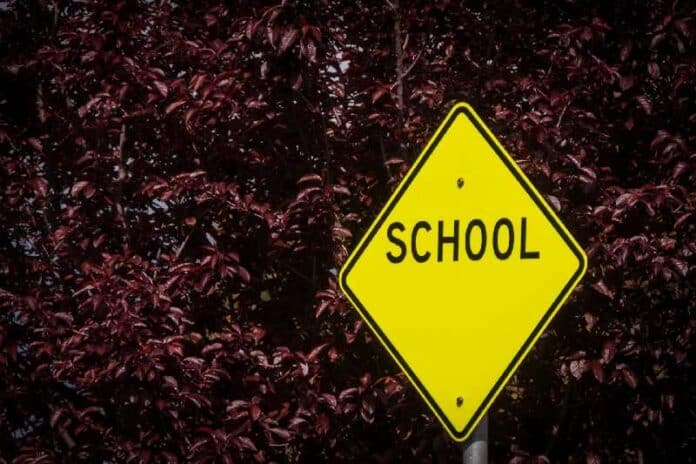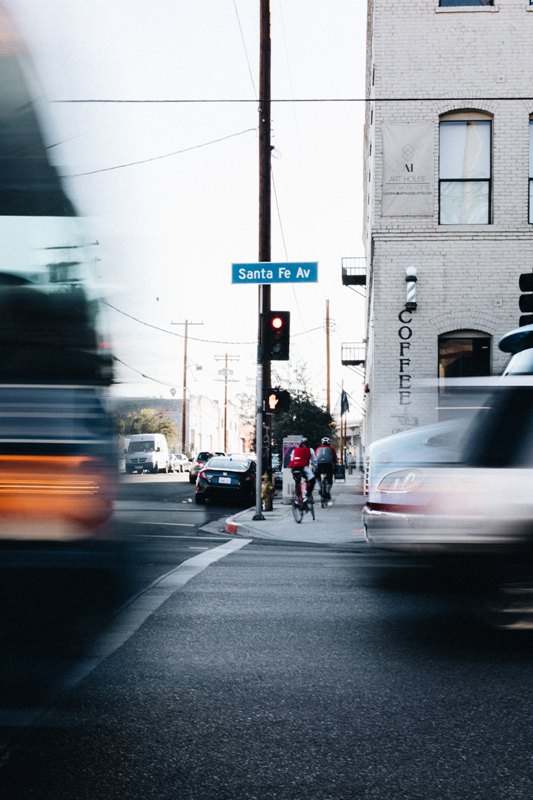
When it comes to running an efficient school, the potential for chaos is high – especially when it comes to traffic flow. With the number of staff, students, and visitors typically on campus every day, ensuring smooth foot and vehicle traffic is a must.
Keeping things organized can be challenging but with these 6 must-know tips you will have the knowledge needed to make your school operate optimally with perfect school traffic flow. So don’t wait any longer; read on now to find out how!
Invest in designing a one-way system
In today’s fast-paced world, traffic can be a major source of stress and frustration. Investing in a one-way system could be a game changer for your school. When traffic flows in only one direction, it reduces congestion and in turn, the likelihood of collisions. Fewer accidents mean fewer injuries and fewer delays due to road closures for repairs.
The benefits of a one-way system also extend beyond safety concerns. It can improve the flow of traffic, reduce travel times, and make it easier to navigate unfamiliar areas. By prioritizing the implementation of this system, your city can create a more efficient and pleasant driving experience for all.
Implement a pedestrian-only area
As schools strive to provide a safe environment for their students, one solution may be to implement a pedestrian-only area on the school grounds. This would allow students to move about without the worry of speeding cars or distracted drivers. By restricting vehicular traffic, it creates a safer space for students to walk, run, and play, reducing the risk of accidents and collisions.
A pedestrian-only area promotes physical activity, too, and offers a space for students to socialize with friends and classmates. It’s an excellent way to prioritize student safety while encouraging a healthy lifestyle.
Install signs and markings to indicate lanes
Clear signage and markings are essential elements in maintaining a smooth and efficient school traffic flow. They provide necessary directions, control traffic, and ensure safety for all road users. For instance, by placing traffic cone signs in strategic parts of the school compound, not only can you direct vehicles and pedestrians to the appropriate lanes, but you can also alert drivers to changes in road patterns or potential hazards ahead. Moreover, visible lane markings, stop signs, and pedestrian crossings further improve navigation and safety.
These traffic signs and markings serve as silent communicators, providing crucial information to everyone within the school premises, thereby contributing significantly to the overall traffic management strategy.
Post no-parking zones near entrances
Picture this: You’re running late to school and you need to find a parking spot as quickly as possible. But all the spaces near the entrance are taken up by other vehicles. Not only is it frustrating, but it’s also unsafe. That’s why designating no-parking zones near school entrances is essential for maintaining smooth traffic flow and minimizing potential accidents.
By clearly posting no-parking signs and areas, you can ensure that vehicles don’t block the entrance or disrupt foot traffic. You can also designate a specific area for pick-up and drop-off, to make sure that students are able to get in and out of school quickly and safely.
Enforce a speed limit
No matter the road, speed limits should be enforced to ensure the safety of everyone on campus. It is especially important near schools since young children may not be aware of their surroundings and could run out into traffic without warning. When speed limits are set and respected, it reduces the risk of fatal or serious injury from a collision.
Additionally, reducing speed can help reduce noise pollution in school zones. Having a slower speed on campus can create a more peaceful environment for students and faculty alike.
Organize a traffic patrol team
A traffic patrol team can help manage school traffic flow by monitoring and responding to potential hazards quickly and efficiently. The team should include officers who are knowledgeable about the school grounds and its policies as well as have up-to-date training on traffic law.
They can provide an extra layer of security by directing vehicles away from unsafe areas and keeping pedestrians out of harm’s way. Their presence also serves as a deterrent to potential violators, ensuring that drivers respect speed limits and adhere to all other traffic laws.
Create a parking plan
Creating a parking plan for a school can be a challenging task, but it is essential for controlling traffic and ensuring the safety of students. By allocating specific areas for parking, the chaos of cars zooming around the school grounds can be significantly reduced.
Not only will this decrease the chances of accidents, but it will also provide a more organized and efficient means of parking for students.
Educate drivers about traffic laws
Driving can be a stressful activity, especially when traffic is heavy and chaotic. That’s why it’s important to educate all drivers about traffic laws, especially when it comes to school zones and busy intersections. High-traffic areas around schools require drivers to be extra vigilant and cautious to ensure that students and pedestrians are safe.
By educating drivers about speed limits, lane changes, and other important regulations, we can promote a safer and smoother flow of traffic around schools. It’s important to realize that adhering to traffic laws not only keeps people safe but also helps to minimize the likelihood of accidents and traffic jams. Let’s all do our part to keep our roads safe!
In summary, designing and implementing the perfect traffic flow at your school requires a carefully thought-out plan with specific strategies. Investing in creating one-way systems, issuing pedestrian-only areas, installing signs and markings to indicate lanes, posting no-parking zones near entrances, crafting a parking plan, and educating drivers about traffic laws are all key components for ensuring a smooth flow of traffic when entering or exiting the premises.
By adhering to these tips, you can ensure that the safety of pedestrians and drivers is properly taken into account as well as preventing congestion or collisions from occurring. With the right precautions in place, you’ll be able to provide an efficient way for students, staff, and visitors to travel on school grounds without hindering traffic.






